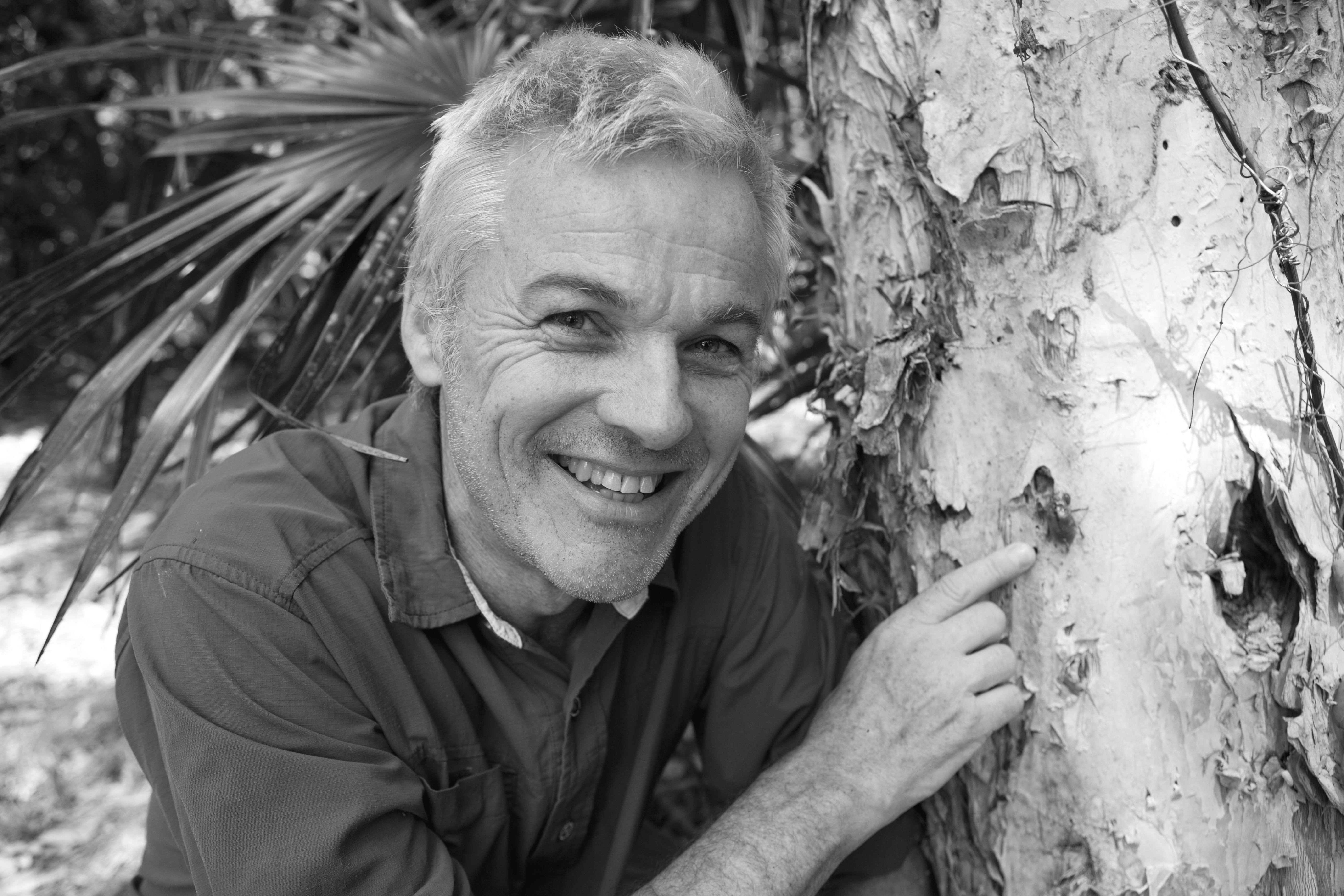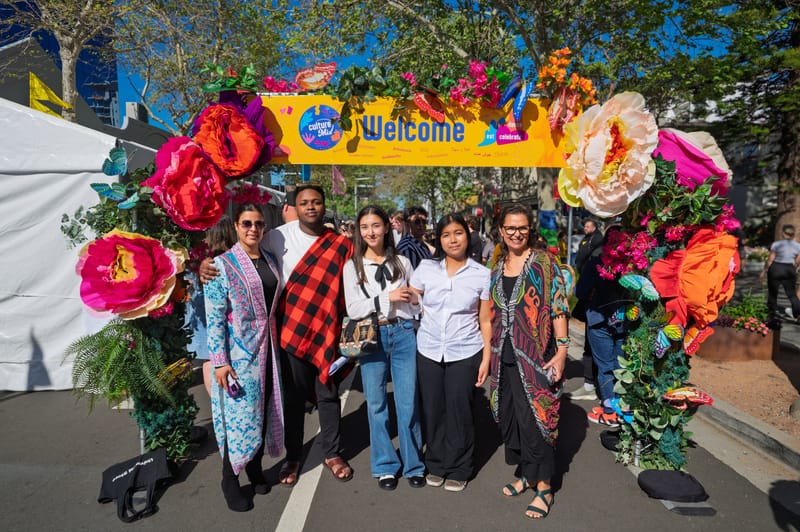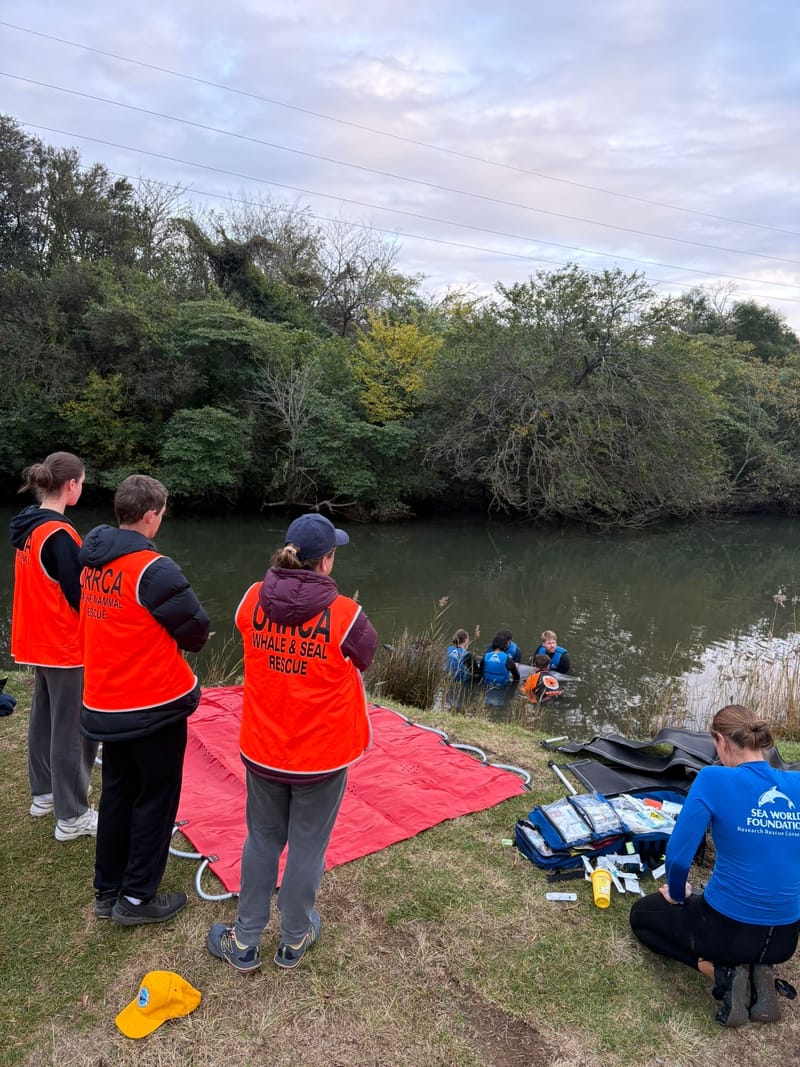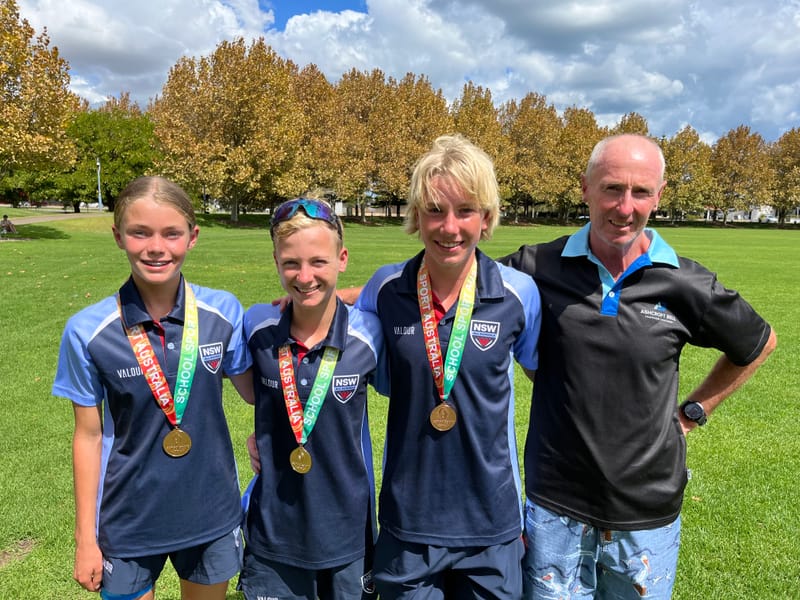Beetling About: In the littoral rainforest
What to do under lockdown? Go for a local walk, of course. A couple of weeks ago we had a bit of a gale so I walked down to Bulgo to have a look at the surf breaking on the south cliffs and to poke around in the littoral rainforest, a rare and...
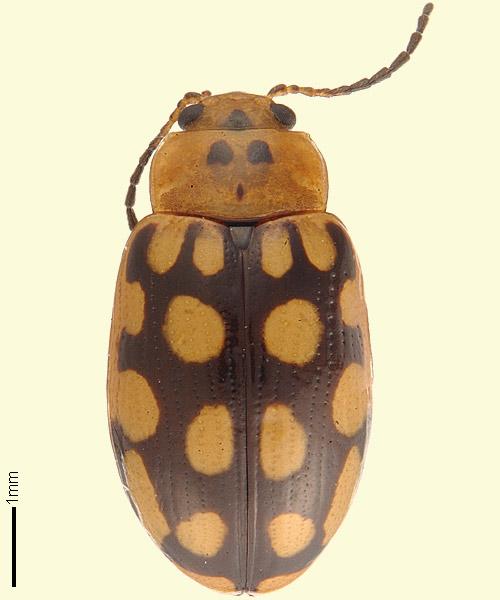
By Helensburgh entomologist Dr Chris Reid
What to do under lockdown? Go for a local walk, of course.
A couple of weeks ago we had a bit of a gale so I walked down to Bulgo to have a look at the surf breaking on the south cliffs and to poke around in the littoral rainforest, a rare and special type of habitat. Littoral rainforest is rainforest next to the sea and it grows on these steep scree slopes below the cliffs because of the trapped damp air combined with seepage through the rocks. At Bulgo it’s a bit gnarly and stunted, getting salt drenched and having to bend its back for the big southerlies.
I was looking for a flowering plant, Clerodendrum tomentosum, an attractive shrub or small tree with white flowers in early summer. The Sydney Royal Botanic Garden calls it the Downy Chance Tree. Clerodendrum tomentosum is the host of one of our most attractive local leaf beetles, Phyllocharis cyanicornis [= the blue-antenna phyllocharis], which I’ve collected down at Bulgo in the past.
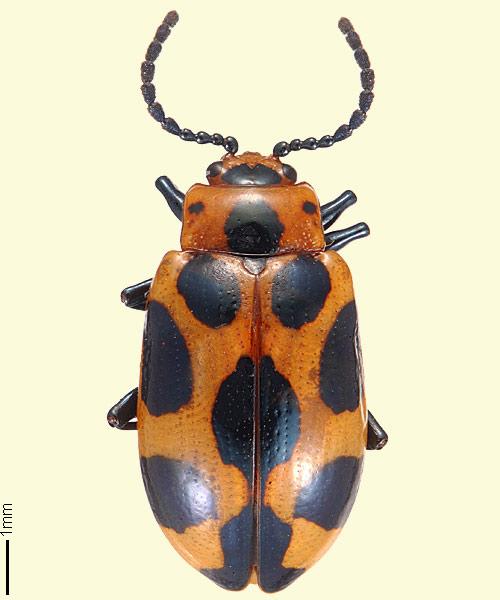
Not to be confused with another attractive beetle, Phola octodecimguttata [= 18 spotted phola], which feeds on Vitex trifolia, a garden plant from the subtropics which is planted here. Phola is a recent migrant to this area, not having been collected south of Lismore before 2005 and is only found in gardens, where Vitex is planted. These two species differ in their biology: Phola larvae construct a tube of their own poo as a daytime shelter in the twigs and feed at night, whereas Phyllocharis larvae are out on the leaves all day.
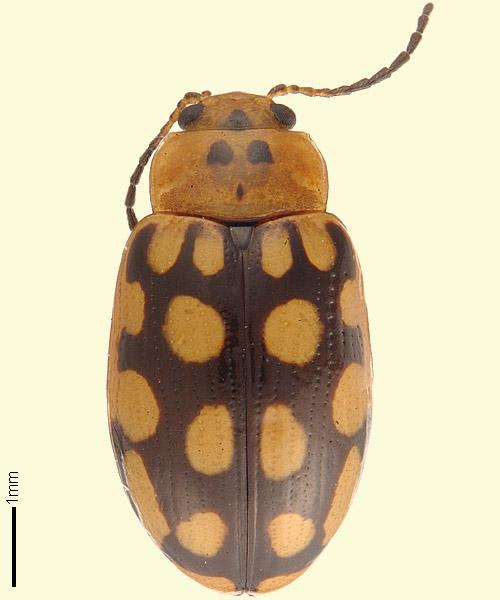
So I was down at Bulgo looking for Clerodendrum leaves with holes, the telltale signs of larvae.
However, I didn’t see any Clerodendrum. Instead there was very little vegetation under the forest canopy and I disturbed three of the culprits – the Rusa deer. Ironically in the wild, in Java and Bali, the Rusa Deer is considered a ‘Threatened Species’ with less than 10,000 individuals. But our Rusa are like all the other feral pests we have introduced – in the wrong place, destroying our unique flora and fauna, without any of their natural predators (leopards and dhole).
My impression is that signs of deer have greatly increased in the last five years: numerous prints on the dunes at Marley Beach and at the north end of Garie Beach, poo all over the grass at Stanwell Park. Elsewhere in 2508 Magazine, Kieran Tapsell has talked about the impact of deer in bushcare projects, wiping out all plantings. We have a serious problem here. Perhaps the colour pattern of Phyllocharis suggests the solution… the introduction of leopards?
Further information: Littoral Rainforest – plus more info here; Clerodendrum; Rusa
For general insect enquiries, contact the Australian Museum’s Search And Discover team at sand@austmus.gov.au. Have a question specifically for Chris? Email editor@2508mag.com.au

